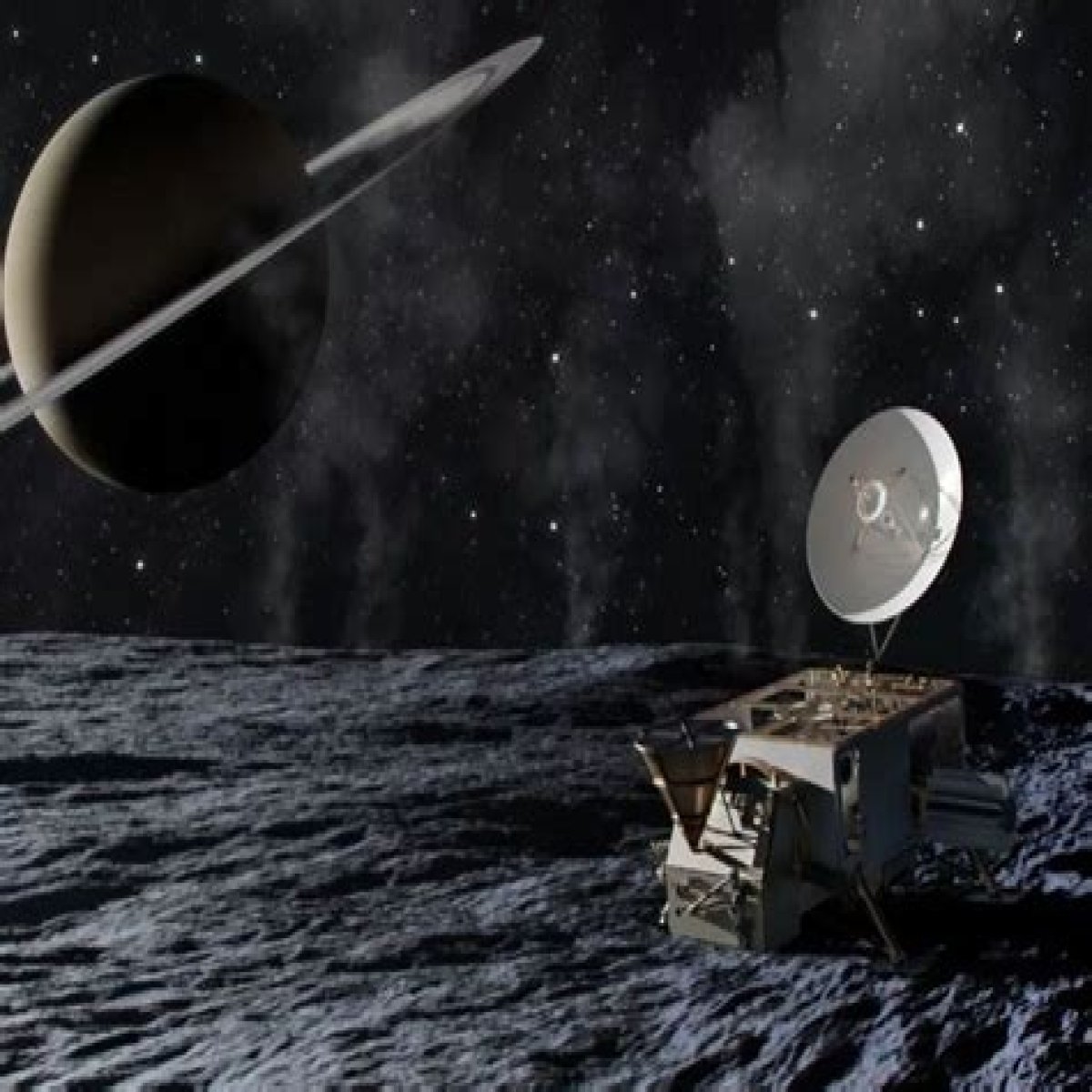Enceladus R34, one of Saturn's intriguing icy moons, has captivated scientists and space enthusiasts alike. This celestial body is not just another moon in our solar system; it is a world of potential and possibility, harboring secrets beneath its frozen surface. The fascination with Enceladus R34 stems from the geysers that erupt from its south pole, spewing water vapor and organic compounds into space. These phenomena hint at a subsurface ocean, raising questions about the moon's ability to support life, making it a prime candidate for astrobiological studies.
Since its discovery, Enceladus R34 has become a focal point for various space missions, particularly the Cassini spacecraft, which provided groundbreaking data on its composition and geological activity. The moon's icy surface, combined with the potential for liquid water beneath, opens up avenues for research into the origins of life in the universe. As scientists continue to analyze the findings, the allure of Enceladus R34 grows, leading to ongoing discussions about future exploratory missions.
In this article, we will delve deeper into the wonders of Enceladus R34, addressing key questions surrounding its geology, potential for life, and what we have learned from past missions. By uncovering the mysteries of this icy moon, we contribute to our understanding of the solar system and the dynamic processes that shape celestial bodies. Join us as we embark on this journey through the cosmos and explore the enigmatic nature of Enceladus R34.
What Makes Enceladus R34 Unique?
Enceladus R34 stands out among the myriad of moons in our solar system for several reasons:
- Presence of water vapor and organic molecules
- Geological activity evidenced by geysers
- Potential subsurface ocean beneath its icy crust
- Impact on astrobiology and the search for extraterrestrial life
How Was Enceladus R34 Discovered?
The discovery of Enceladus R34 dates back to the 18th century. Here are the key milestones:
- Discovered by William Herschel in 1789.
- Detailed observations made by the Voyager 1 and 2 missions in the 1980s.
- Significant findings from the Cassini spacecraft between 2004 and 2017.
What Are the Key Features of Enceladus R34?
Enceladus R34 is characterized by several distinctive features:
- Surface covered in ice with varying terrain.
- Prominent geysers at the south pole, contributing to the E-ring of Saturn.
- Evidence of a subsurface ocean, possibly 10 kilometers deep.
What Did the Cassini Mission Reveal About Enceladus R34?
The Cassini mission provided vital insights into Enceladus R34. Key findings include:
- Detection of water vapor and organic compounds in the plumes.
- Mapping of the moon's surface and identification of tectonic features.
- Data suggesting that the ocean beneath the ice is in contact with the moon's rocky core.
What Are the Implications for Astrobiology?
The findings from Enceladus R34 have significant implications for astrobiology:
- Potential for life in the subsurface ocean.
- Understanding the conditions that could support life beyond Earth.
- Possibility of similar environments existing on other celestial bodies.
How Does Enceladus R34 Compare to Other Moons?
Enceladus R34 is often compared to other icy moons, such as Europa and Titan. Key comparisons include:
- Europa: Both have subsurface oceans, but Europa's surface is more geologically complex.
- Titan: Titan has a dense atmosphere and methane lakes, while Enceladus R34 is primarily icy.
- Potential for life: Both moons are considered candidates for hosting microbial life.
What Are the Future Exploration Plans for Enceladus R34?
As interest in Enceladus R34 grows, so do plans for future exploration. Proposed missions include:
- Sample return missions to analyze materials from the geysers.
- Orbiters designed to study the moon's geology in greater detail.
- Landers or probes that could directly explore the surface and subsurface ocean.
Conclusion: The Endless Fascination with Enceladus R34
In conclusion, Enceladus R34 represents a unique opportunity for scientific discovery and exploration. With its intriguing geological features, potential for life, and the wealth of data collected from previous missions, this icy moon continues to inspire awe and curiosity within the scientific community and beyond. As we look to the future, the exploration of Enceladus R34 promises to unlock even more secrets about our solar system and the possibilities of life beyond Earth.
Unraveling The Life Of Abigail Halliday: A Journey Through Passion And PurposeExploring The Life And Contributions Of Doctor Daniel Vargas DuranDiscovering The Magic Of Spiced And Nice: A Flavorful Journey
